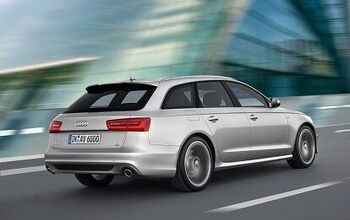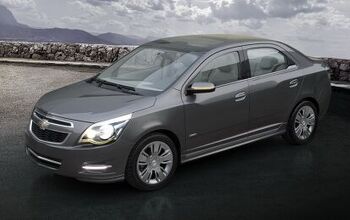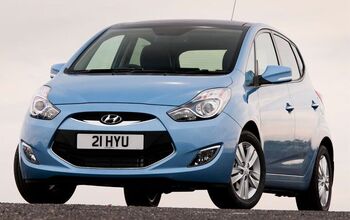1 View
What's Wrong With This Picture: A Giant Clunking Sound Edition
by
Edward Niedermeyer
(IC: employee)
Published: June 4th, 2010
Share
Anyone still feel like arguing that Cash For Clunkers was a good use of nearly $3b? [ Coyoteblog, via Instapundit]
Edward Niedermeyer
More by Edward Niedermeyer
Published June 4th, 2010 11:03 AM


































Comments
Join the conversation
To mtymsi, Please read my post again. I never said it did nothing for the economy. Also, there is a lot more data to look at than the data you mentioned. Why would or should anyone feel good about spending that kind of money on something that has a temporary effect? It makes no sense. This was, IMO and many others, the most poorly planned and executed government program in years. Quick yes, correct no.
Not much of anything other than a graph. There's a report that says Cash for Clunkers worked. http://www.maritz.com/Press-Releases/2010/Maritz-Research-Findings-Cash-for-Clunkers-More-Successful-Than-Previously-Reported.aspx Here's a better graph (almost the same with more data): http://delong.typepad.com/sdj/2010/04/wow-cash-for-clunkers-worked-graph-of-the-day-for-april-7-2010.html It's all how you interpret the graph and I think the graph that this blog provided is misleading.
I guess the C4C program worked better than most government programs. Unfortunately, that is not saying much. Just look at the $800+ billion wasted on the "stimulus" program.
Meanwhile, another $33 Billion was just authorized to send yet more troops into Afghanistan. http://www.thefiscaltimes.com/Issues/Budget-Impact/2010/05/28/WP-Senate-Approves-Emergency-War-Funding-Larger-Aid-Bill-Stalls-In-House.aspx Eleven times more money than the C4C program, yet hardly anyone seems to be upset about it.